A handful of men stand on the shore of the calm strait, each holding a fishing rod and a bucket to contain the catch. Some look pensive, others uneasy. Curious with the water I come closer to see what lies beneath. Surprisingly it reveals small jellyfish, afloat near the shore and rather moderate in number to be considered an infestation. But that is not why I had come to this tranquil neighborhood. To my right, stands a magnificent fortress built out of an ambition of a man to bring his empire to be one of the greatest in history.
The Bosphorus, a narrow strait separating Asia from Europe has drawn conquerors to establish fortresses and watchtowers along its shores. The lucrative trade between regions around the Black Sea and their counterparts in the Mediterranean was one of the main reasons for rulers from foreign lands to take control of it and gain tremendous benefit – but also risk being threatened by other powers. The Greeks, Genoese, and Romans were some who managed to maintain a strong presence around the 31 km-long strait for centuries.
Constantinople, built at the southern end of the Bosphorus held an important role not only as a major trading port but also the political and religious center of the Eastern Roman Empire. The Ottoman Empire which started to gain prominence in the 14th century built its stronghold right across the strait, in the Anatolian plateau – also known as Asia Minor. In the mid-15th century, the rising power built a fortress on the European side of the narrowest point of the Bosphorus where Asia and Europe is less than 700 m apart.
Rumelihisarı – Fortress on the Land of the Romans – was constructed in a record speed of only four years, in preparation of the second siege of Constantinople after an unsuccessful campaign by the Ottomans three decades earlier. By controlling both sides of the narrowest point of the strait, the Ottomans managed to prevent the Genoese colonies in the Black Sea from helping the ailing Byzantine Empire during the second siege.
After two months of constant pounding by heavy artillery, the previously impregnable walls of Constantinople were breached and the city fell into the Ottomans on May 29, 1453. The city was transformed forever, along with further expansions of the newly rising power into Europe.
More than five centuries later, I walk into the fortress where near the entrance a cannon is curiously laid on the ground between two large balls – something that normally can only be found in erotic temples. Inside the fortress, a large theater lies at the center of the compound, overlooked by the three main towers – The Tower of Sarıca Pasha, the Tower of Zağanos Pasha, and the Tower of Halil Pasha – named after the three viziers of Fatih Sultan Mehmet, or Mehmet II, the sultan behind the successful campaign to conquer the city.
Today Rumelihisarı is a museum about 10 km north of the city center. Not far from it a second bridge connecting both sides of Istanbul was built, aptly named Fatih Sultan Mehmet Bridge. The Bosphorus is now a peaceful body of water, a marked difference from its tumultuous past. No more conquest, no more bloodshed. The world’s narrowest strait for international navigation is now used solely for economic and tourism purposes. But history will forever lurk from within the walls of the ancient fortresses along the strait.
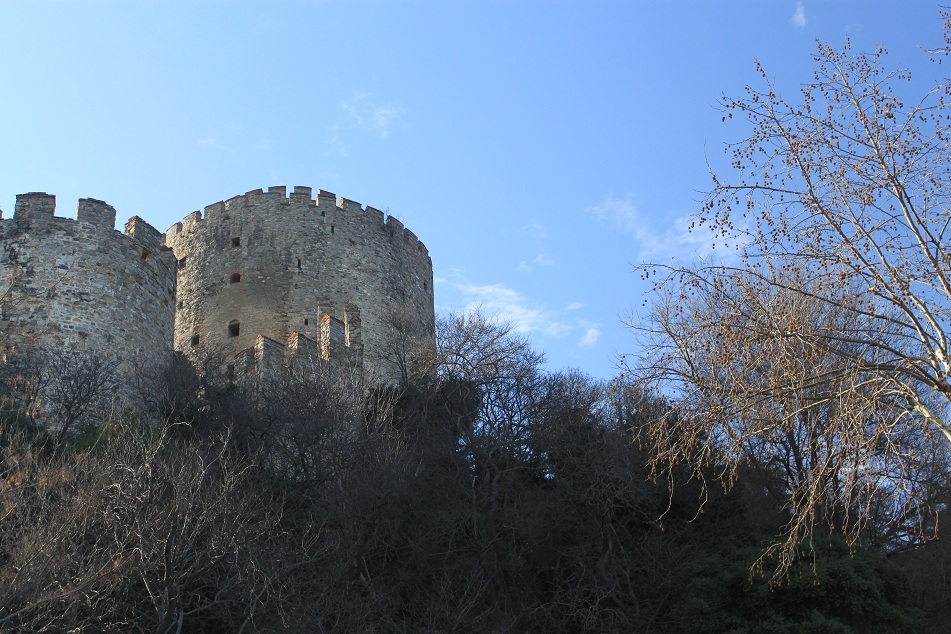
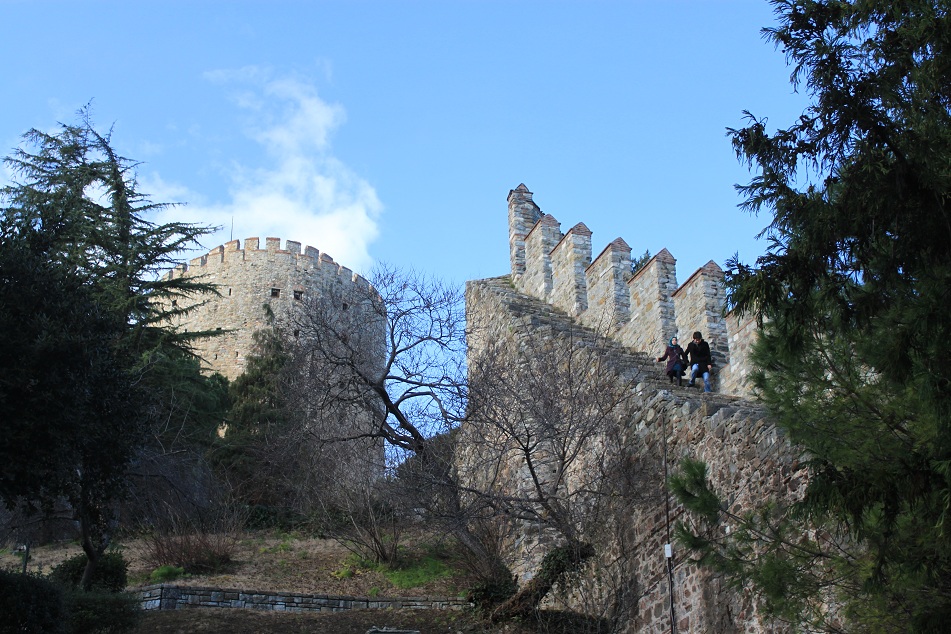

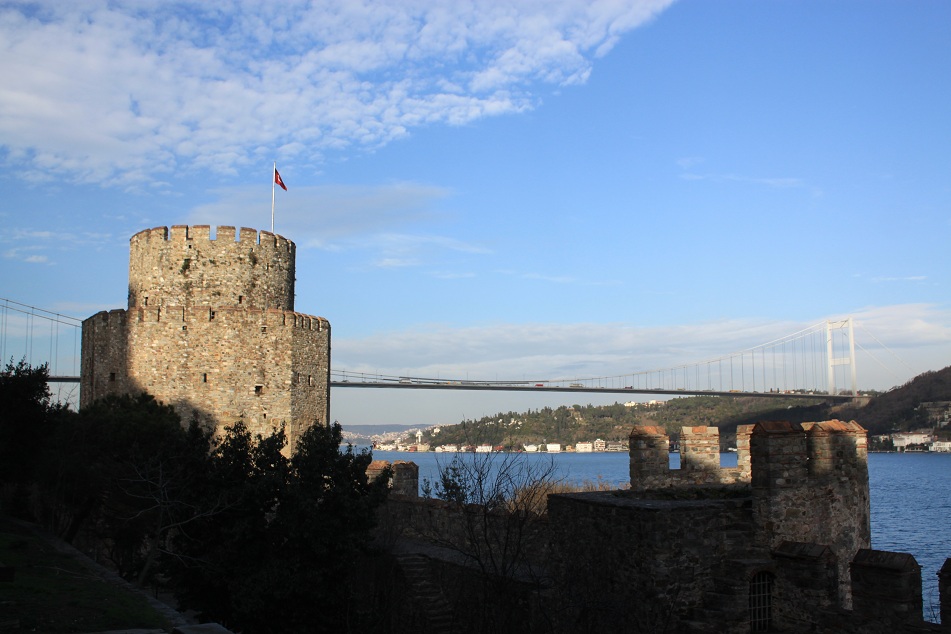
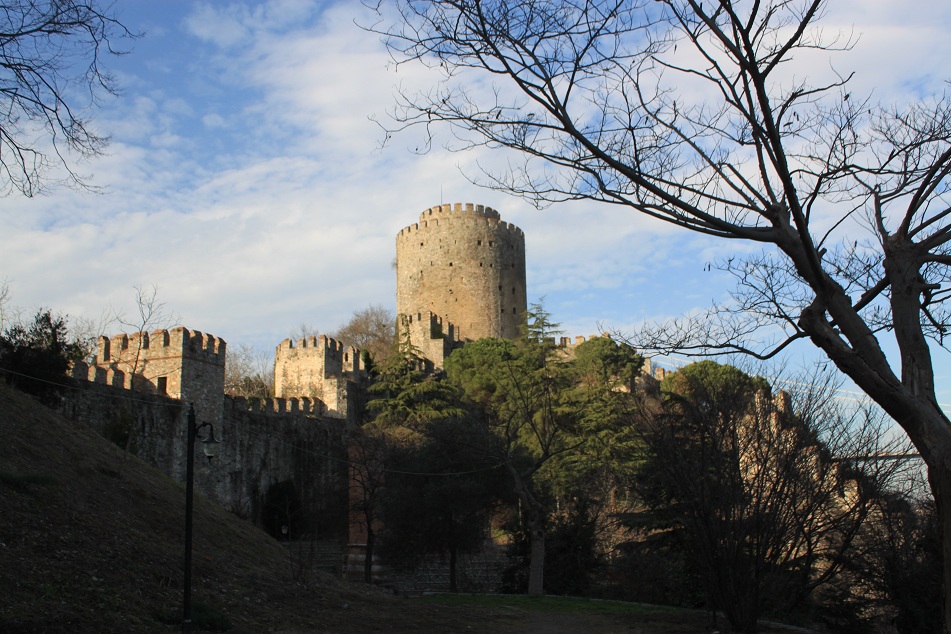
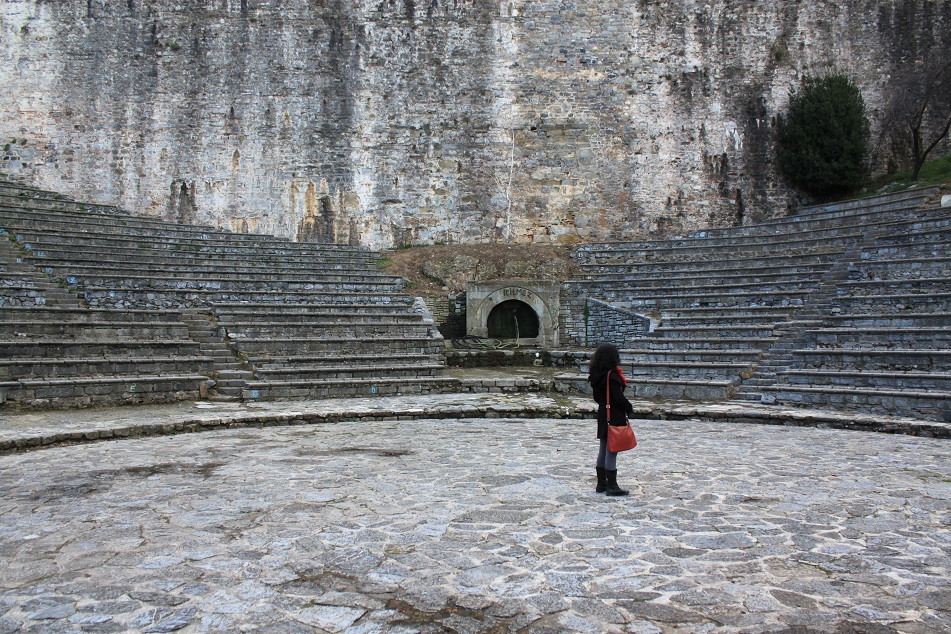

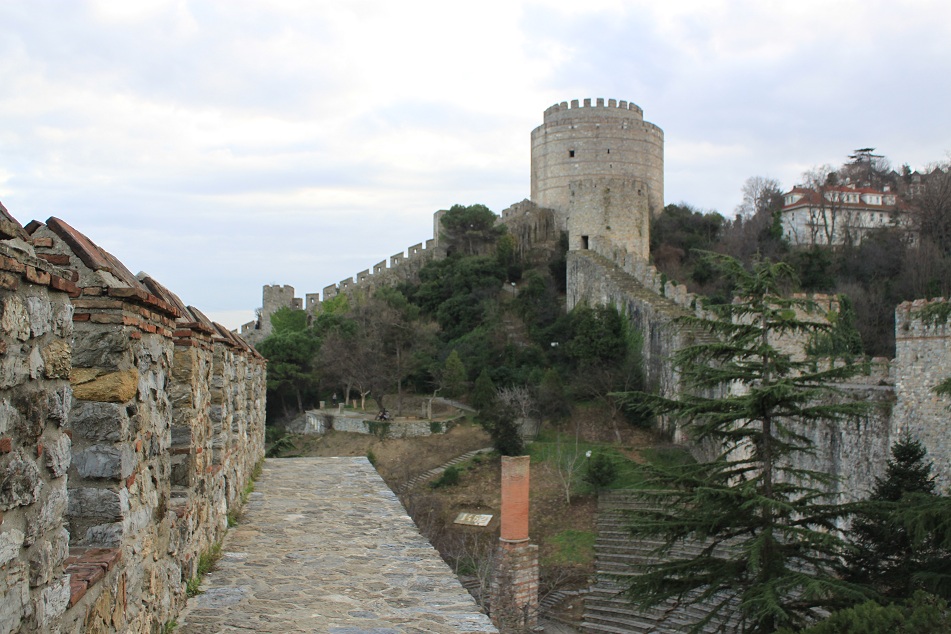
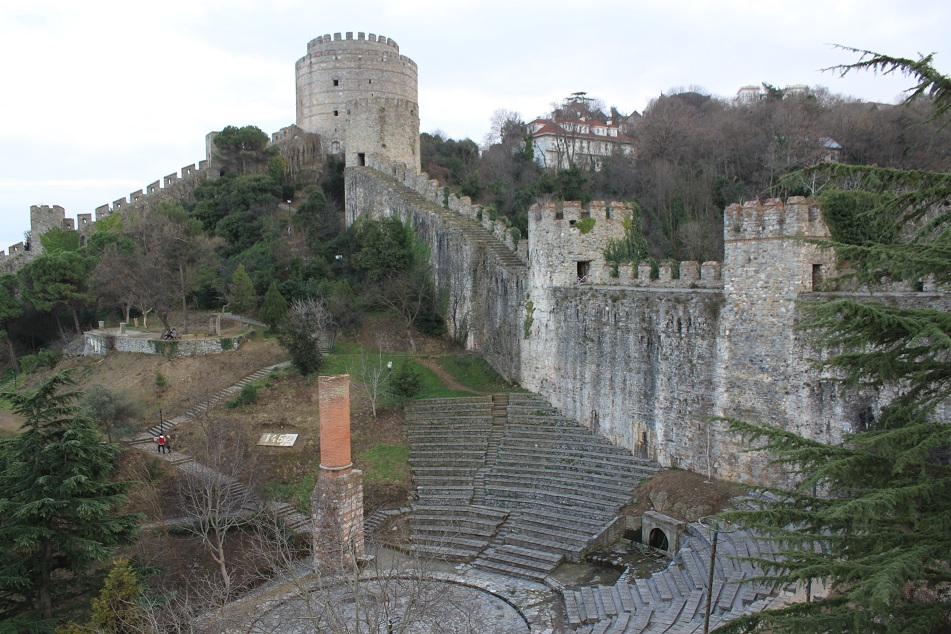

The castle looks huge!
LikeLike
It is huge! It was such a magnificent fortress I must say.
LikeLike
Magnificent! Would you be happy for me to reblog? Thanks, Theresa
LikeLike
I’d be happy Theresa! 🙂 Thanks for the reblog!
LikeLike
Superb pictures, and a very nice informative and evocative write up. Thanks Bama.
LikeLike
Thanks for your lovely comment Kiran! I still have a few more posts on Istanbul to come. 🙂
LikeLike
Wonderful shots Bama. 🙂 No doubt it was a fortress dripping with history, the bulky round towers seem almost impregnable. Did you walk all around the battlements? I also wonder if that theatre was left over from Roman or early Byzantine times – it certainly looks it!
LikeLike
Thanks James! I only walked on a small section of the battlements as everyone else was quite terrified with the height – and surprisingly I was not! The amphitheater was actually built at the same time with the fortress itself. Although in the past there was a Roman fortification and monastery at the same site but I can’t find any reference that the amphitheater was built before Rumelihisarı itself.
LikeLike
It always brings me an awe every time I see such magnificent construction and architecture from the past. It makes me wonder what kind of life ever existed over there. The grand Rumelihisarı is no difference.
LikeLike
Ancient buildings also do the same effect to me. And more often than not I thought of what happened in Indonesia around the same period when a particular building elsewhere was constructed.
LikeLike
lovin’ all your travelling posts and pictures!! Keep it up. I’m aspire to the travel the world as well and hopefully, it would turn out as amazing as your experiences. Truly an inspiration!
Just want to present you this award. 🙂
http://memoryexperienceandlearnings.wordpress.com/2013/02/27/keep-on-inspiring-the-very-inspiring-blogger-award/v
LikeLike
Thank you so much for the award, and I’m glad you enjoyed my blog posts. Sharing the excitement that I felt during my travels is one of the main reasons why I started this blog. So, once again, thank you!
LikeLike
That’s a good historical bit, Bama! Seeing how peaceful Bosphorus is today, I have a hard time comprehending i’s tumultuous past.
LikeLike
Exactly Marisol! I found it interesting, and sometimes hard, to think of how different things were in places we see now. That is also one of the most exciting parts of traveling. 🙂
LikeLike
Wonderful shots Bama! Delighted to see these interior views. It was rainy when we climbed up to the ramparts, so we had to cut short our visit and couldn’t explore the inside.
LikeLike
Thanks Madhu! Oh dear, that’s too bad. The view was great and the inside was quite interesting I must say. By the way, speaking of your blog I have to admit that I’m a little bit behind because work has been quite busy lately. But I promise I’ll get back to it soon! 🙂
LikeLike
Again…loved this. Lucky that your photos basically show the site and no other tourists except in one photo. I love it when it is empty like that. Allows you to appreciate the true beauty without distraction.
LikeLike
Don’t we all love that feeling? Ego speaks. 🙂 Thanks Nicole!
LikeLike
What a fortress! It’s always amazing how they even built these structures of stone with no machines. Perhaps slaves? The history you write is so enlightening. In 600 years I wonder what will be written about what is happening now.
LikeLike
Imagining how a place was like centuries ago when it was built is the one of the most fascinating things about history. But thinking of what it would become centuries later from today is often mind-boggling. I hope all the great places around the globe will still be around for centuries or even millennia.
LikeLike
I’m enjoying your Turkish trip immensely Bama! It’s almost 40 years since R and I were there and fell in love with the place … i can’t believe it’s been that long, and that I’ve never managed to get back … ahhh 🙂
LikeLike
I’m glad you are, Meredith! You’ll never know what the future holds. Maybe a few years from now you’ll get the chance to go back to Istanbul and retrace your sweet memories. Cross your fingers. 🙂
LikeLike
In the meantime I’ll enjoy your excellent posts 🙂
LikeLike
well reported Bama, makes me wants to go there….
LikeLike
Thanks Nin! Istanbul is one of those cities that will never fail me. 🙂
LikeLike